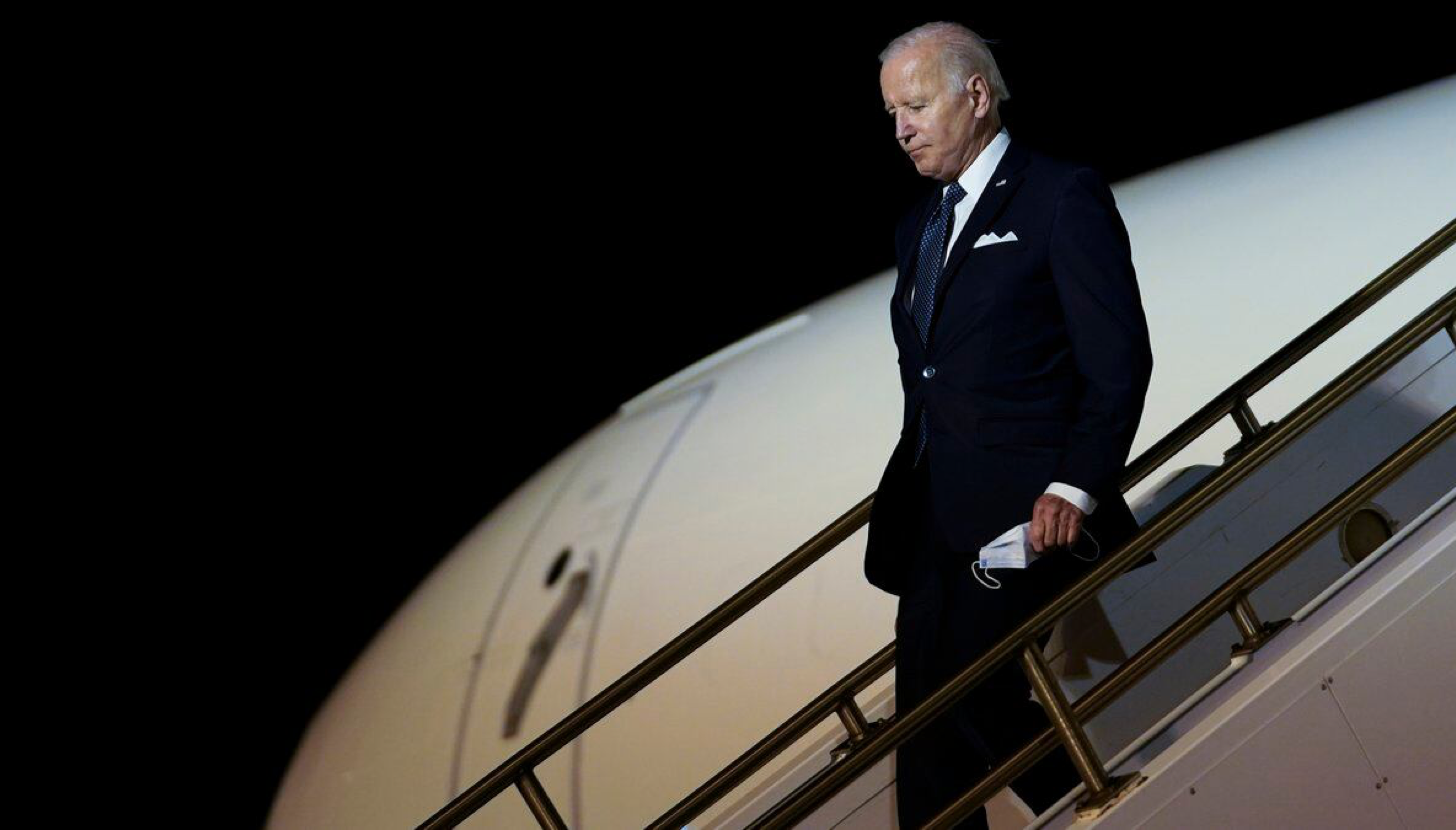What Happened?
Iran announced on Monday May 20, 2024, the death of President Ebrahim Raisi and Foreign Minister Hossein Amir Abdollahian in a helicopter crash on the way back from Azerbaijan to Tehran. Also killed were Ayatollah Mohammad Ali Al-Hashem, the Supreme Leader’s representative in the East Azerbaijan province and an imam in the city of Tabiz, and Malek Rahmati, the governor of the East Azerbaijan province.
In addition to having been one of the potential candidates to succeed Supreme Leader Ali Khamenei, Ibrahim Raisi was, above all, a religious figure and belongs to the most loyal current to the Supreme Leader. He climbed the ranks within the state until he gained the trust of the Supreme Leader and the voters for the presidency. In addition, he was close to the Iranian Revolutionary Guard.
A Closer Look:
The unexpected death of Iran’s president and foreign minister comes at a challenging time for Iran, which is facing a growing economic crisis and an unprecedented 52% inflation rate, in addition to severe geopolitical tension caused by the war on the Gaza strip and the ongoing clash between the Irani-led axis (consisting of the Lebanese Hezballah, the Yemeni Houthis and the armed factions in Iraq and Syria) and the United States and Israel. On top of all that is Iran’s unstable internal situation.
However, some people contend that it is not possible for Raisi’s death to cause widespread disturbances in the country. Even before his death was confirmed, Supreme Leader Ali Khamenei told Iranians that they don’t have to worry about any disturbance in state administration because the power and cohesion of the state is not dependent on the president but the Supreme Leader, who has the decision-making power for both domestic and foreign policies.
According to the Iraqi constitution, the former president’s power was transferred to Vice President Mohammad Mokhber and a presidential election will be held within 50 days. Meanwhile, Ali Baqheri Kani was appointed acting minister for foreign affairs.
A Turning Point!
Raisi’s death is a chance for the Supreme Leader Ali Khamenei to redefine the Irani regime and reduce the internal disputes and frictions.
The period Raisi served as president is considered the most stable in the relationship between Iran’s two leading officials, the Supreme Leader and president, since 1989. The pervious presidencies have seen deep and public disputes between the two authorities, including presidents Hashemi Rafsanjani (1989–1997), Mohammad Khatami (1997–2005), Mahmoud Ahmadinejad (2005–2013), and Hassan Rouhani (2013–2021). Each came with views—either correctional, moderate or conservative—different from the Supreme Leader.
In contrast, Raisi’s leadership and vision conformed with the Supreme Leader’s extreme approaches, which were strengthened after extremists won both the parliament election and the Leadership Experts Council election in March 2024. This unity and harmony within the state institutions has now been threatened by the death of the president, especially if the next presidential election is won by a moderate or a member of one of the conservative parties whose ideas and priorities contradict the Supreme Leader’s.
With the president’s death, speculation is once again rife regarding the identity of the next Supreme Leader. The seriousness of this debate may escalate further with the declining health of the current 85-year-old Supreme Leader, Ali Khamenei. His death will mark a transitional period during which the country may face significant risks of political turmoil and conflicts among different factions, especially within the extremist current itself.
Raisi’s unexpected death raises several questions. As the investigations into it proceed, the eventual answers will likely be subject to interpretation and skepticism. While weather conditions may have been a decisive factor in the helicopter’s crash coupled with the high frequency of aviation accidents in Iran caused in part by U.S. sanctions barring any import of aircraft or equipment and parts, the location of the incident and its mysterious nature as well as the difficulty of finding the helicopter wreckage (it took nearly 14 hours) have sparked speculations within Iran if the crash was truly accidental or a targeted operation.
